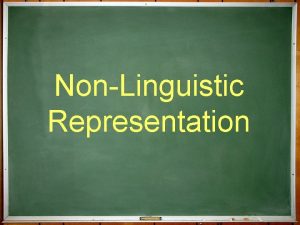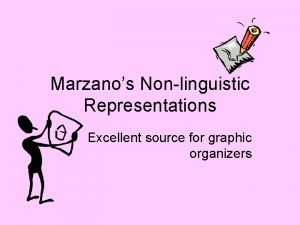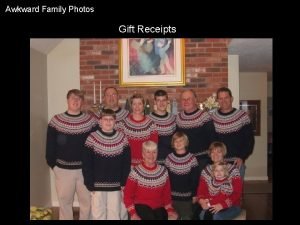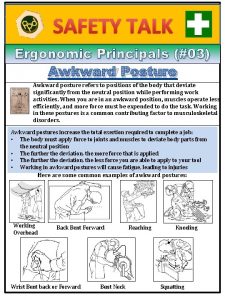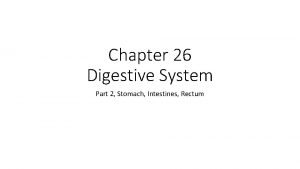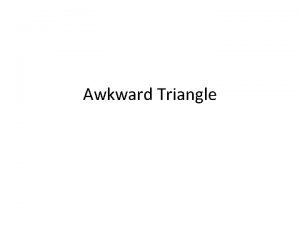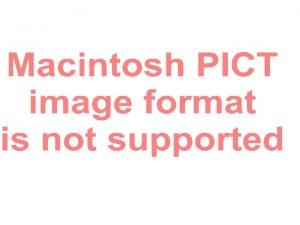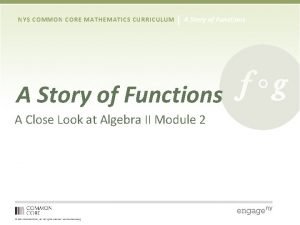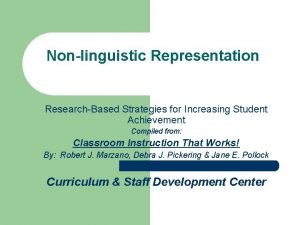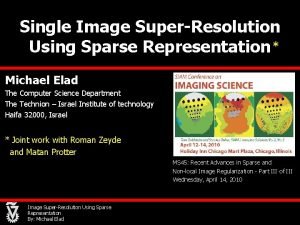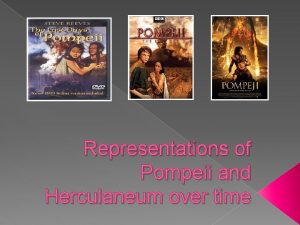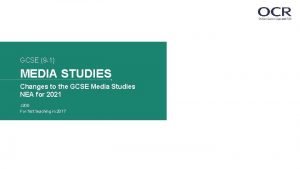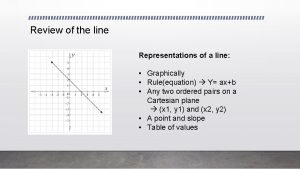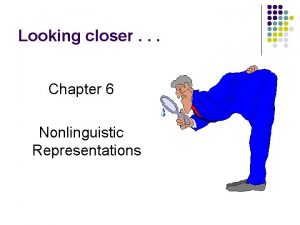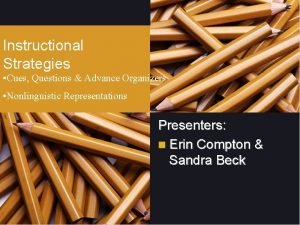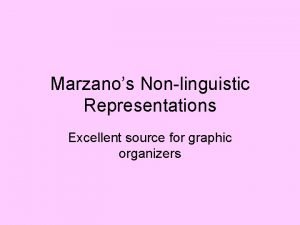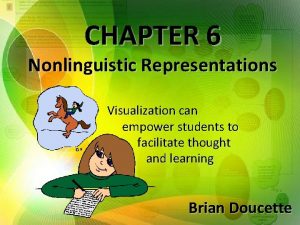Nonlinguistic Representations Awkward family photo Survey of Instructional













- Slides: 13

Nonlinguistic Representations Awkward family photo Survey of Instructional Strategies Amanda, Chris , Caitlin May 6, 2014

Learning Targets: �I can explain what nonlinguistic representations are. � I can demonstrate how nonlinguistic representations assist in student learning. � I can design lesson ideas around using nonlinguistic representations with my students.

Nonlinguistic Representations 1. Graphic organizers “Nonlinguistic representations provides students with useful tools that merge knowledge presented in the classroom with mechanisms for understanding and remembering that knowledge (Dean, Hubbell, Pitler, Stone, 63). ” 2. Physical models/manipulatives 3. Mental pictures 4. Creating pictures, illustrations, pictographs 5. Engaging in kinesthetic activity

Strategy 1: Graphic Organizers Combines linguistic with nonlinguistic information Descriptive – describe topics and facts 2. Time sequence- date and descriptions 3. Process/cause and effect – relationships between what 1. caused the event or situation Episode – describe the elements of a situation or an event 5. Generalization/principle- provide examples for an 4. idea/principle 6. Concept – characteristics for an idea and concept


Break Off Activity! Directions: (3 minutes) INDEPENDENTLY Use your resource packet to complete the concept graphic organizer to brainstorm and develop examples/ applications of each type in your classroom.

Strategy 2: Physical models/ manipulatives Concrete representations of academic content or concepts � � Make sure students are both engaged in the activity and their learning * Caterpillar activity *

Strategies 3 & 4: Generate Mental Pictures AND Create pictures, illustrations, and pictographs � “Forming a mental picture is often a good first step to understanding new information (70). ” � A nonlinguistic representation is to create a mental picture of that information. � Facilitate construction of mental pictures by providing details enabling sounds, smells, taste, and visual details. http: //img. breakingmuscle. com/sites/defau lt/files/imagecache/full_width/images/byda te/20121226/shutterstock 17628787. jpg

3. Generate Mental Pictures 4. Create pictures, illustrations, & pictographs Examples of Application: - Freyor Model - Mental picture simulation - Using five senses - Stop and sketch - Pictographs - Symbolic pictures - Adding animation, voice over technology

Strategy 5: Kinesthetic Activities “As students engage in physical movement associated with specific knowledge, they generate a mental image of that moment (Dean, Hubbell, Pitler, Stone, 2012). ” - Moving around creates more neural networks in the brain and learning remains longer. Some Examples Include: • role playing • acting out vocabulary words • using body to illustrate concepts • tap out rhythms • hand gestures

Your TURN to apply your learning of Kinesthetic Activities: � � In your assigned group, create a lesson involving kinesthetic activity that you could use in your classroom tomorrow. You will have 4 minutes to brainstorm and 1 minute to present. Learning GROUPS Subject Mallory, Keri, Kim Historical figures Ashley, Bonnie Vocabulary Katie, Kristen Science experiment

Exit Slip & Conclusion – 3, 2, 1 1. Graphic organizers � � � Three things you have learned Two applications to your classroom One question 2. Physical models/manipulatives 3. Mental pictures 4. Creating pictures, illustrations, pictographs 5. Engaging in kinesthetic activity

Resources � Dean, C, E. R. Hubbell, H Pitler, and B Stone. Classroom Instruction that Works. 2 nd Edition. Alexandria, VA: ASCD, 2012. Print. � Hattie, John. Visible Learning for Teachers Maximizing Impact on Learning. Routledge: London and New York, 2012. Print. � Marzano, R. (). The Art and Science of Teaching / Representing Knowledge Nonlinguistically. The Key to Changing the Teaching Profession, 67, 84 -86. � Medina, J. (2008). Brain Rules – 12 Principles for surviving and thriving at work, home and school. (pp. 221 -240). Seattle, Washington: Pear Press.
 Generalization and example pattern organizer example
Generalization and example pattern organizer example Non linguistic representations examples
Non linguistic representations examples Awkward sibling photos
Awkward sibling photos Awkward posture
Awkward posture Stomach regions
Stomach regions Awkward scale
Awkward scale Awkward mouse
Awkward mouse Lesson 14 graphing the tangent function
Lesson 14 graphing the tangent function Nonlinguistic representation definition
Nonlinguistic representation definition Abcd of acls
Abcd of acls On single image scale-up using sparse-representations
On single image scale-up using sparse-representations Representations of pompeii and herculaneum over time
Representations of pompeii and herculaneum over time Gcse media studies nea 2021
Gcse media studies nea 2021 Representations of a line
Representations of a line
